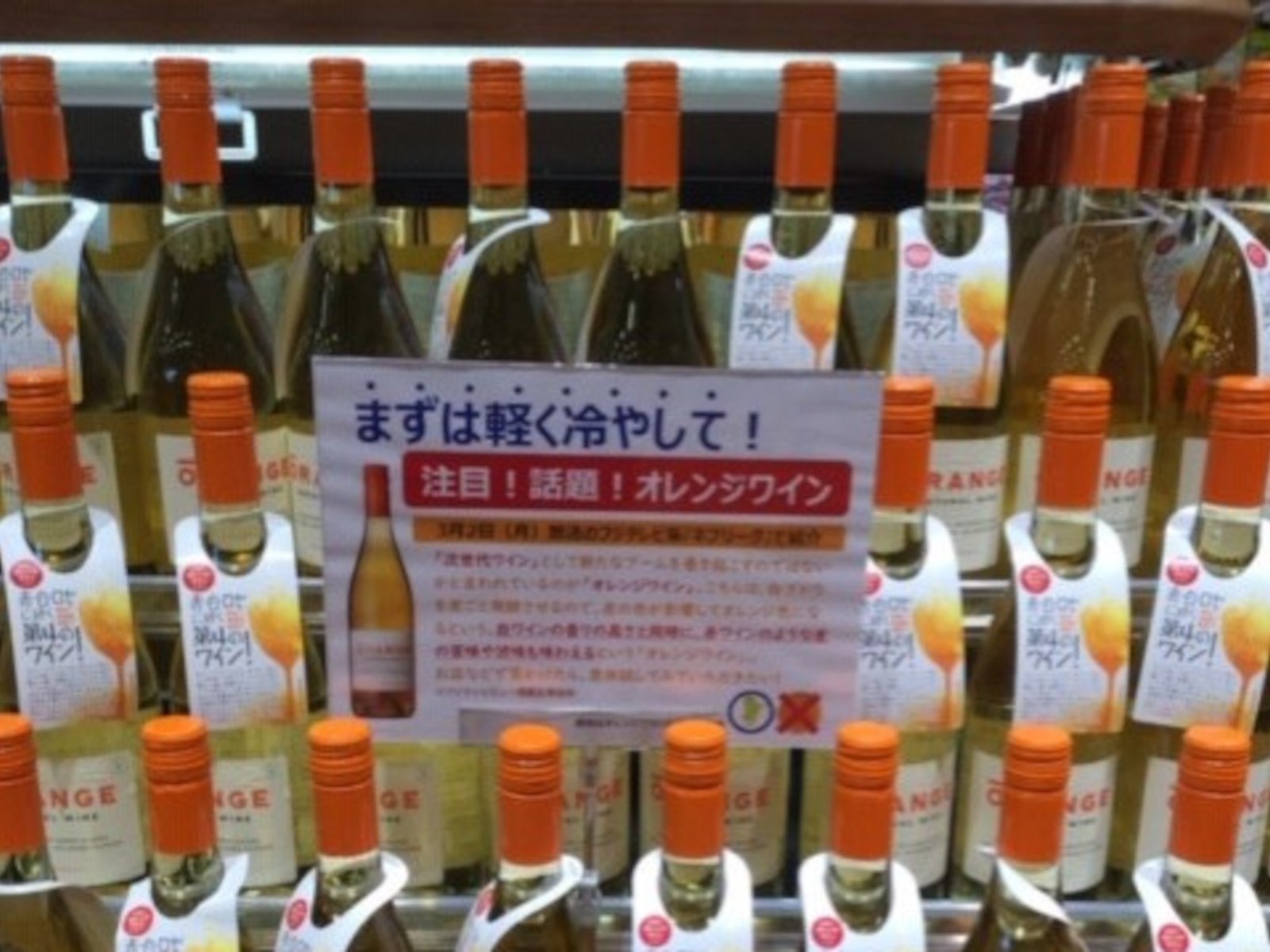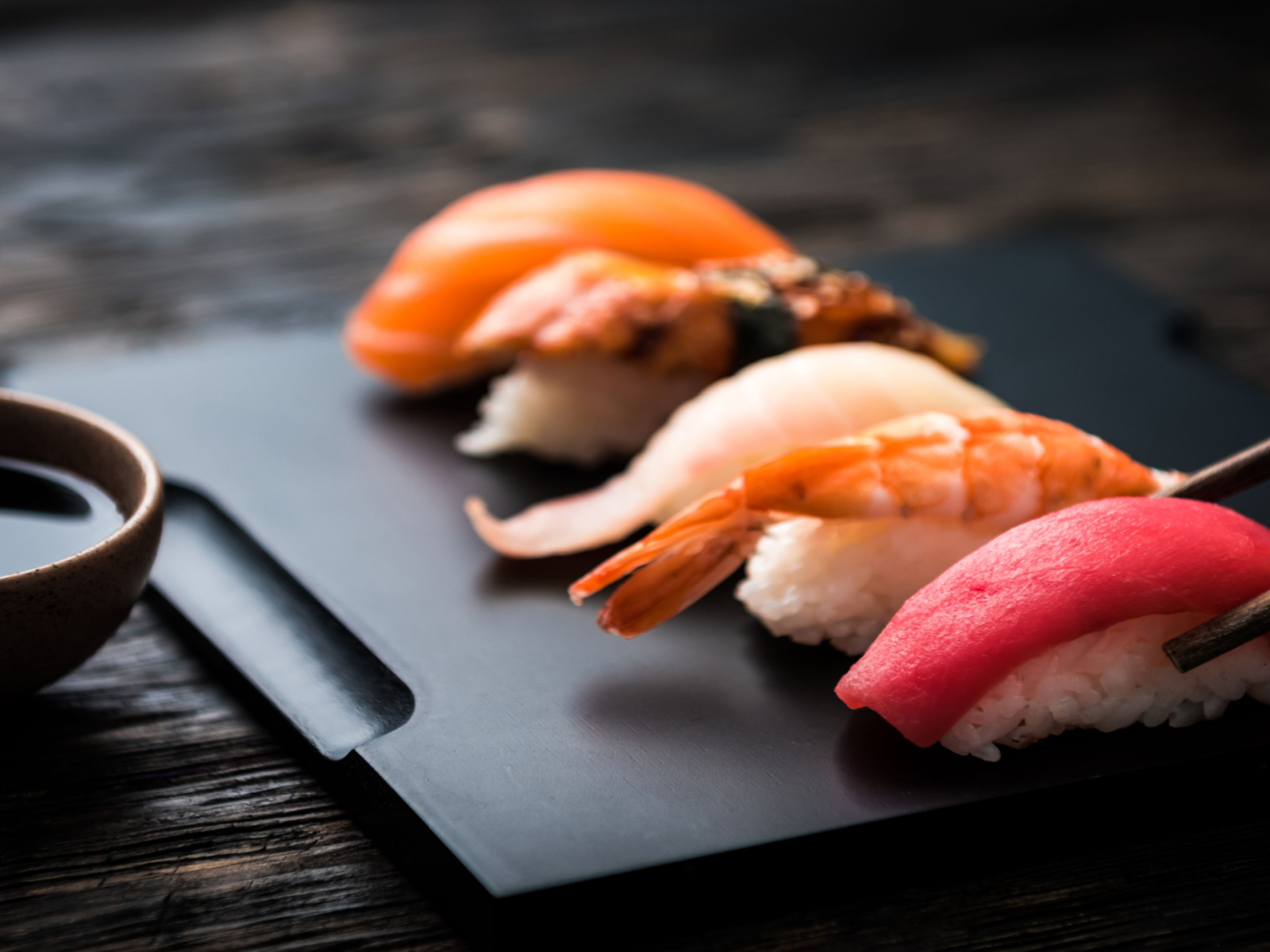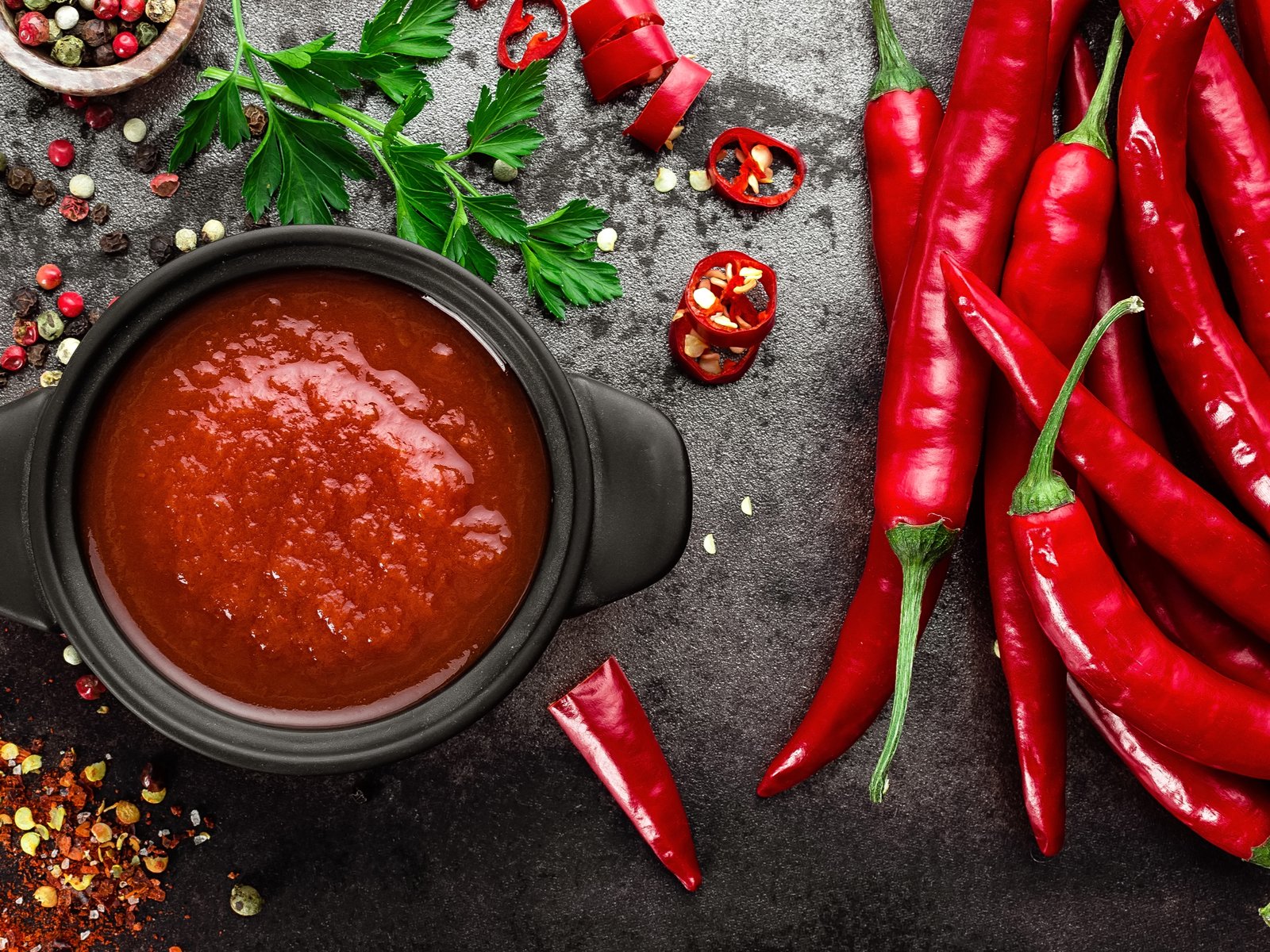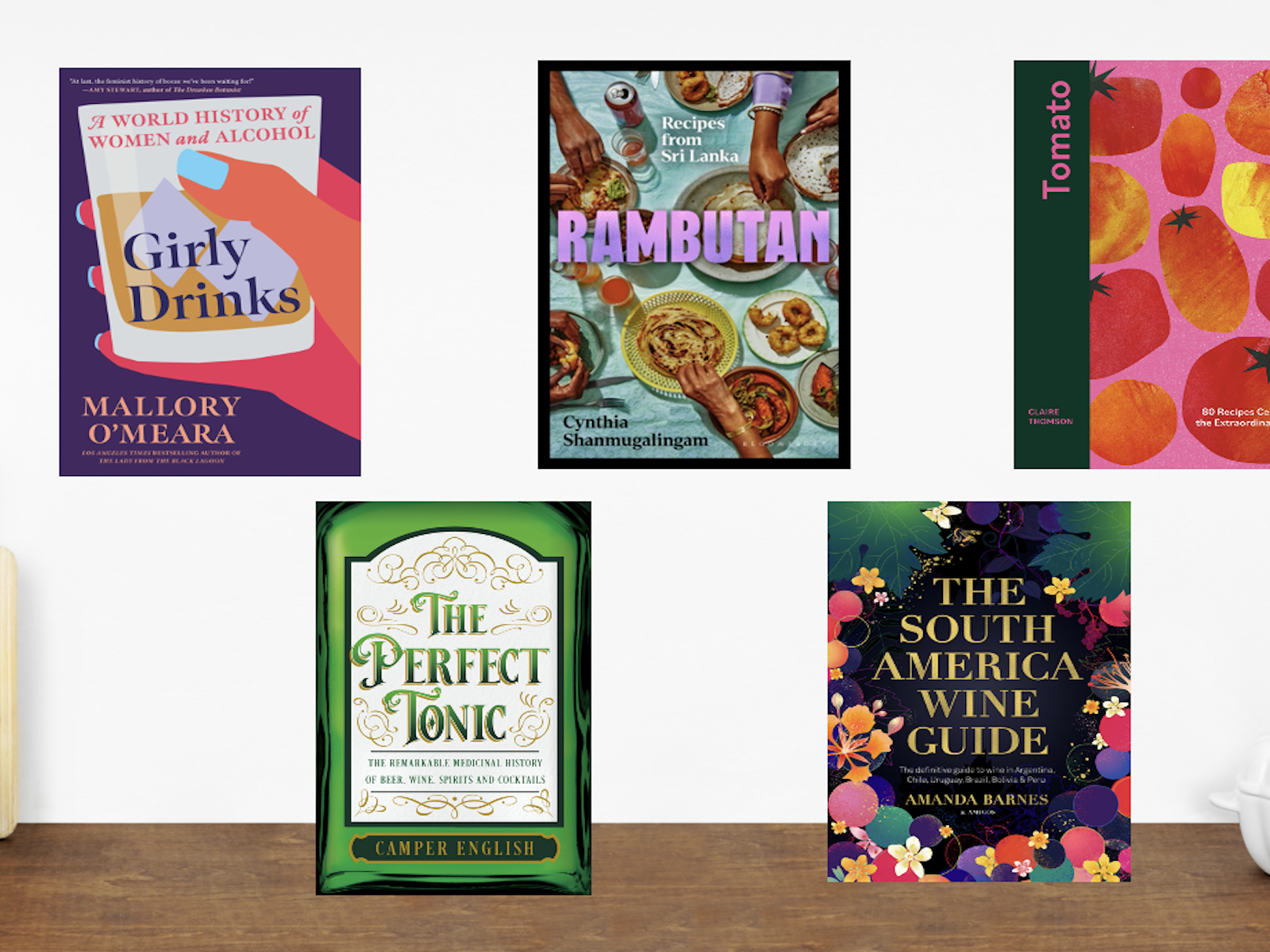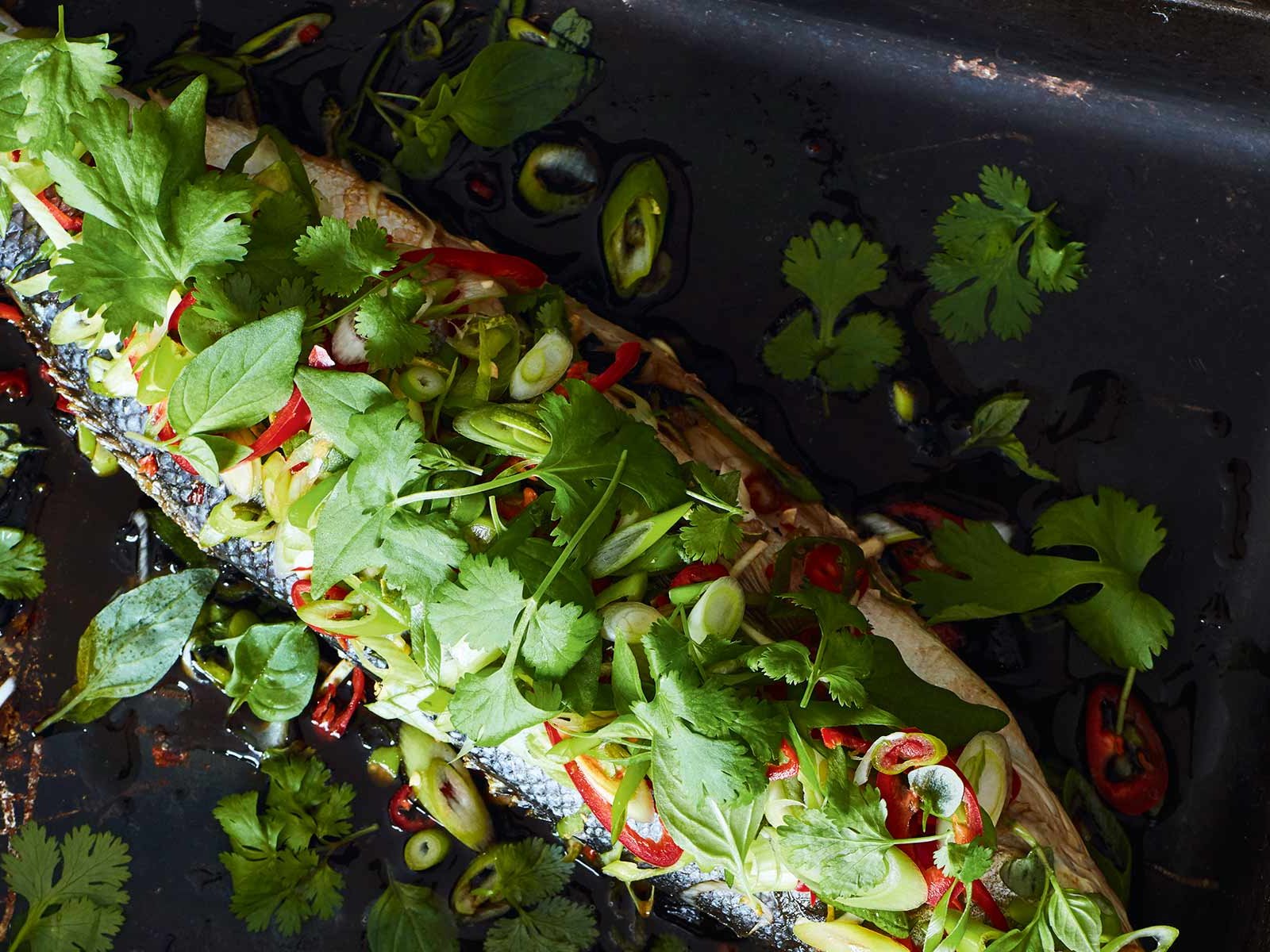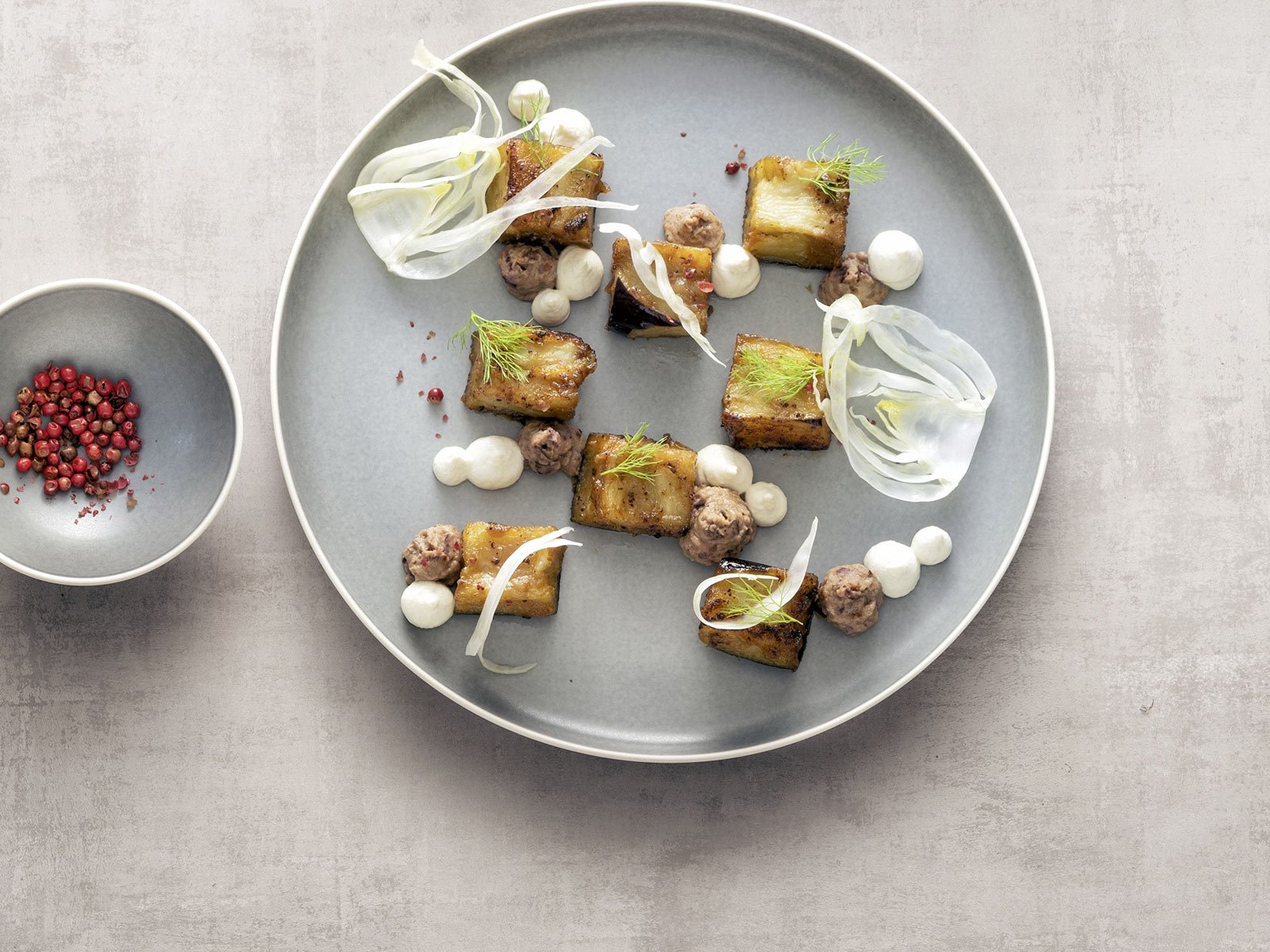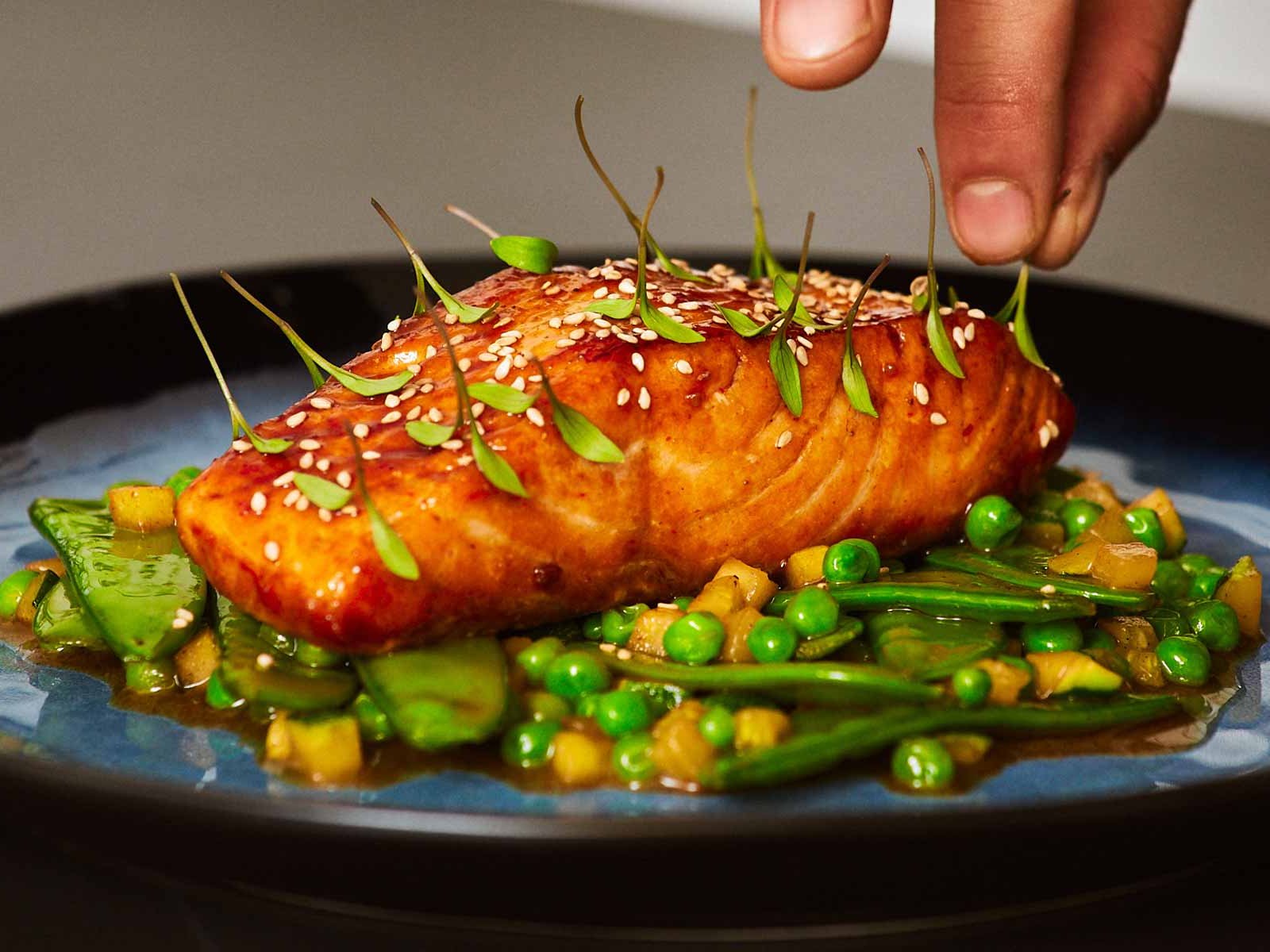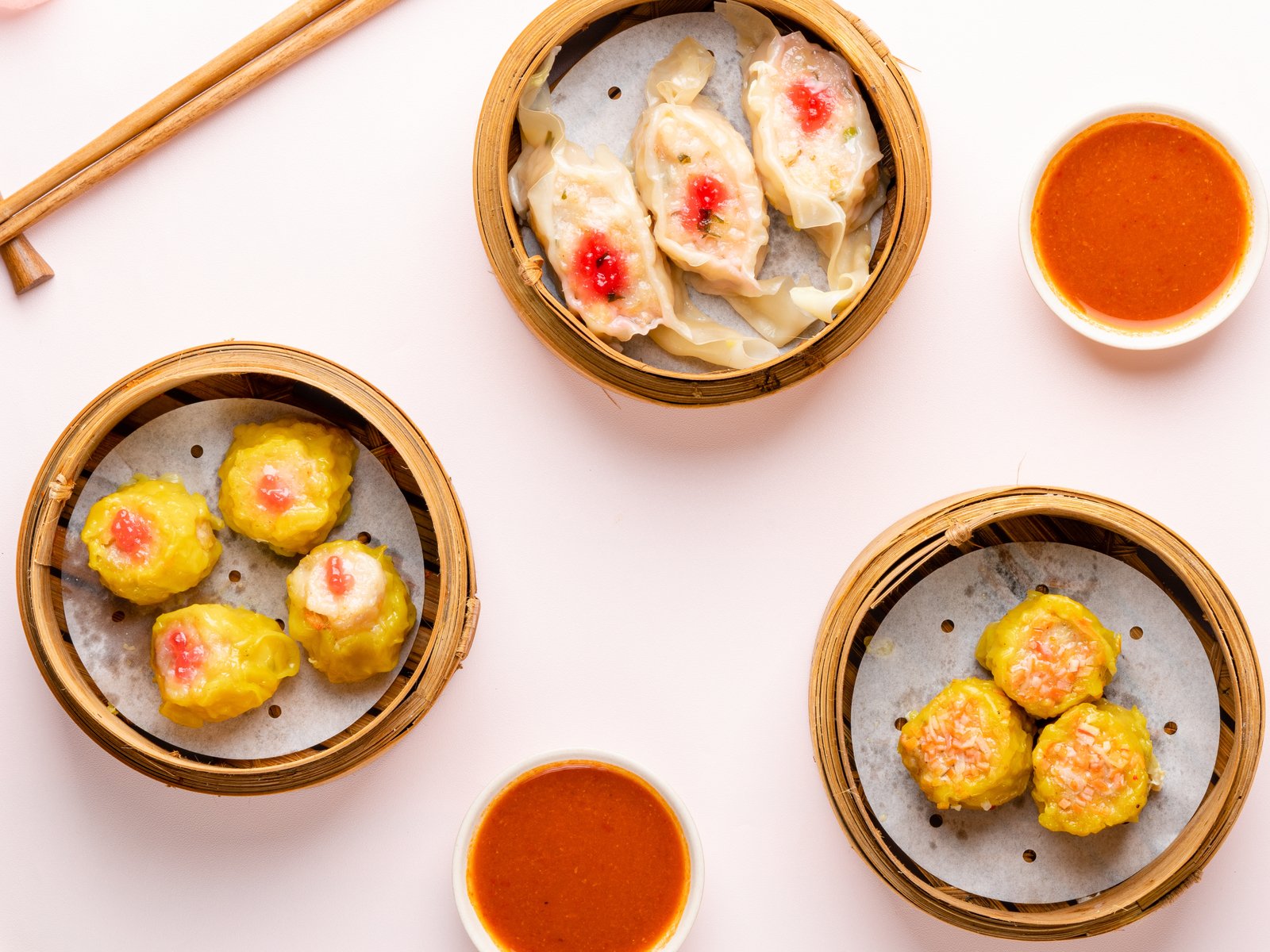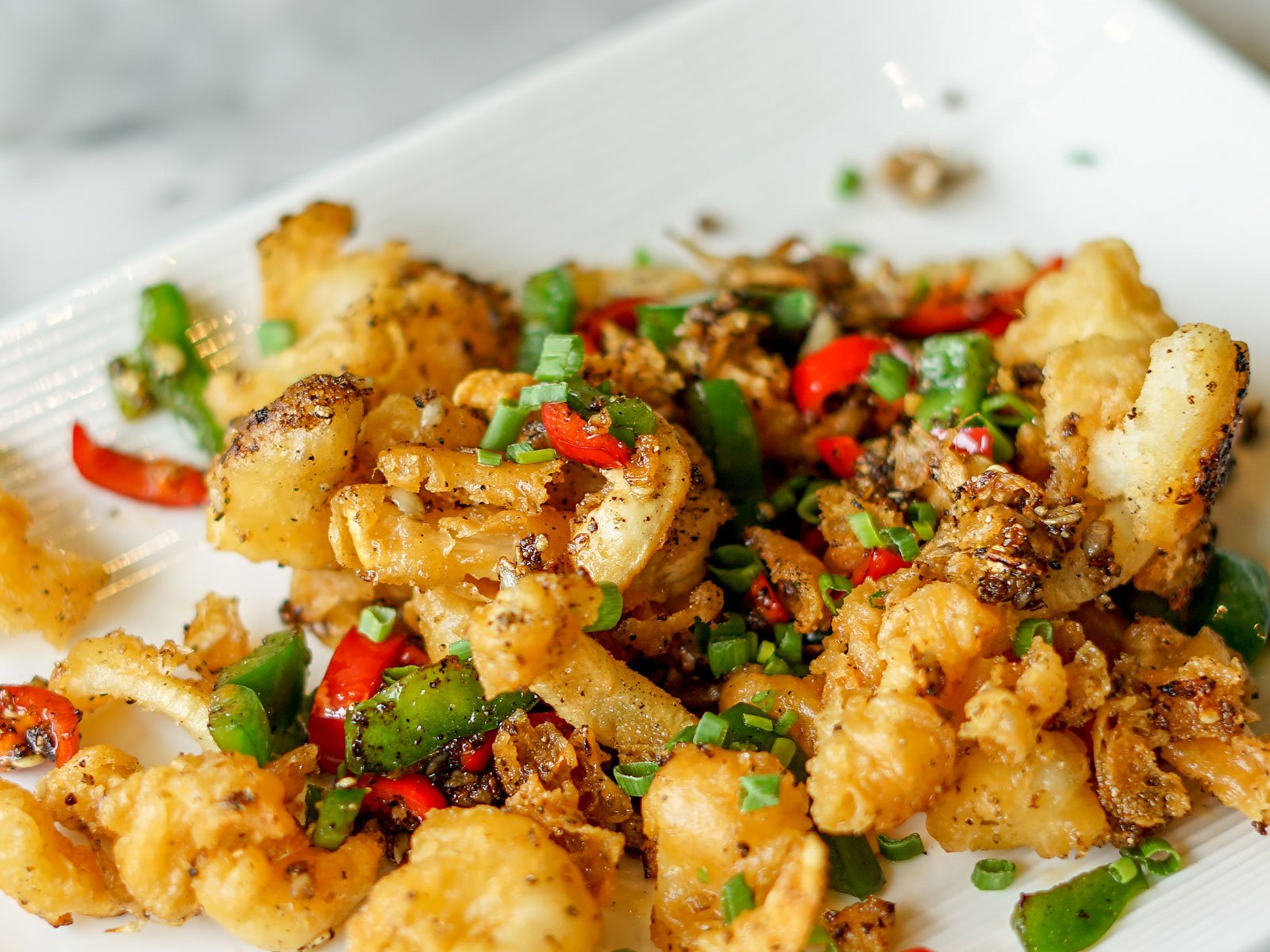Culinary Journey through Asia
More than all-you-can-eat buffets, sushi and crispy duck: Asia is full of culinary treasures and sophisticated preparation methods that are hard to beat in terms of perfectionism.
There is no such thing as Asian cuisine. Asia is by far the largest continent with the most inhabitants (60% of the world's population lives here) and in culinary terms it is an infinitely rich, diverse universe. To even touch on this vast area, we have to limit ourselves.
Here, when we talk about Asia, we mean that part of this huge world where food often tastes of ginger, spring onion and coriander, of soy and fish sauce and shrimp paste. Where instead of daily bread there are noodle soups and stir-fried dishes.
We have focused on five countries: China, Japan, Korea, Thailand and Vietnam. There is a simple reason for this: we believe that the cuisines of these countries have shaped and changed our food more than others in recent years.
Soy sauce and fish sauce are a matter of course in many private kitchens alongside vinegar and olive oil, coriander and ginger are used as naturally as parsley and mint were 30 years ago. While half a century ago just about every top restaurant between Los Angeles and Moscow served fancy French cuisine, nowadays Japanese, Chinese, Korean or colourful blends have advanced to the top class.
And even where cooking is not explicitly Asian, once obscure ingredients such as miso or techniques such as jime, the Japanese art of fish butchery, have found their way in to European kitchens.
Japan as a pioneer
The biggest influence on European haute cuisine was probably that of Japan: from the 1960s, perhaps a little earlier, first the French, then the American culinary elite travelled east to the island and brought back many of the ideas that were to go down in culinary history as nouvelle cuisine: food should be light and digestible, the portions shouldn't be too large, there should be a good selection and instead of always using the same ingredients, the ingredients and recipes should change with the seasons.

A few decades later, Scandinavian chefs looked to Japan for inspiration, for example at the art of fermented condiments and pastes, and the idea that potentially everything is delicious, not just the pastries of France, including moss, seaweed and ants. So successful were they, it was celebrated as New Nordic cuisine. To much of it, one could also have said 'Old Japanese Wisdom'.
Japan itself owes much of what makes its food so great to the Chinese – it was then further developed and refined on the island. The Chinese were the first to grow soybeans and use them to make tofu, soy sauce and spice pastes. They were the first to domesticate the pig, to drink tea and to make noodles from flour, to serve them in soup instead of just sauce and to fry their food in a wok at lightning speed.
If you want to understand Asia's food cultures, you can't avoid looking at China – to this day, the food between Bangkok and Manila is at least as strongly influenced by China as Europe's is by France.
In Europe and the USA, only a very toned-down, adapted version of this great cuisine was served for a long time. In recent years, however, this has slowly changed. Immigrant children of the second and third generation are successfully opening up a new, hitherto unknown type of Chinese restaurant: here, there are no cheap lunch buffets with sushi and crispy duck; instead, the culinary heritage of their ancestors is proudly presented, modernised, thought through and combined with Western traditions – with fantastic results.
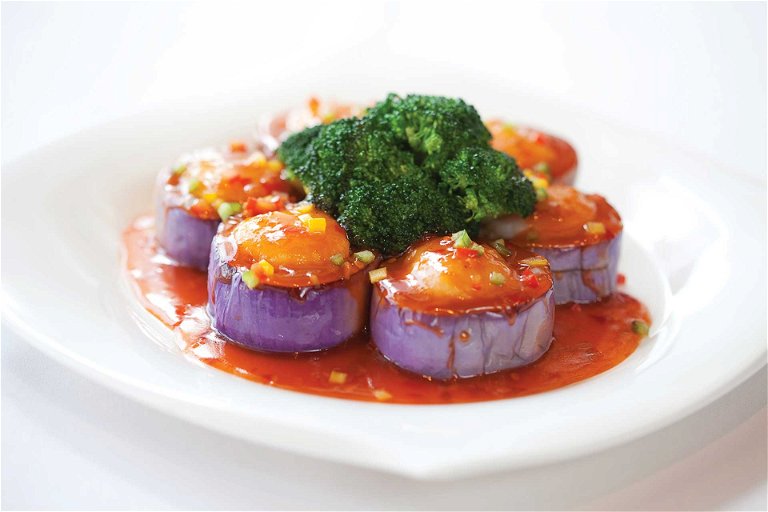
The desire for more
The cuisines of Thailand, Vietnam and Korea have not yet made it much beyond the snack bar in continental Europe. But elsewhere, they have been explored and celebrated for some time, for example by David Thompson, the Australian who occasionally cooks for the Thai royal family, or David Chang, the US Korean who is currently one of the most influential chefs in America.
We hope this small excerpt will whet your appetite to set out on your own Asian journey soon. Bon Appétit or Chī hǎo hē hǎo!

